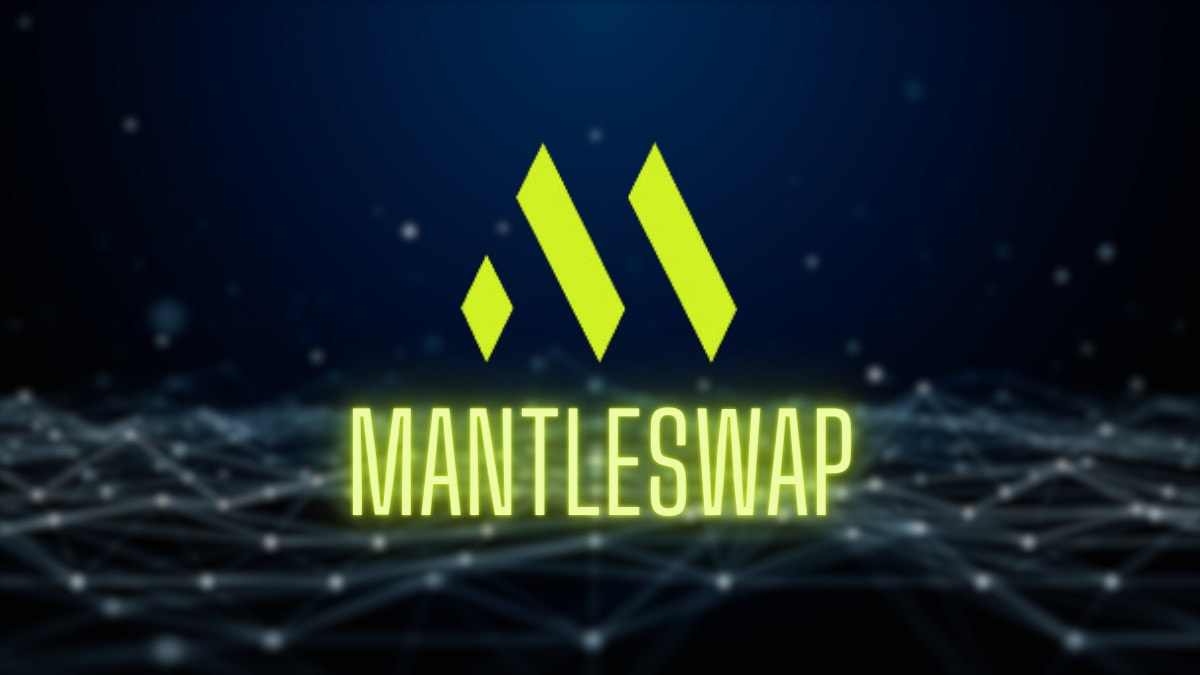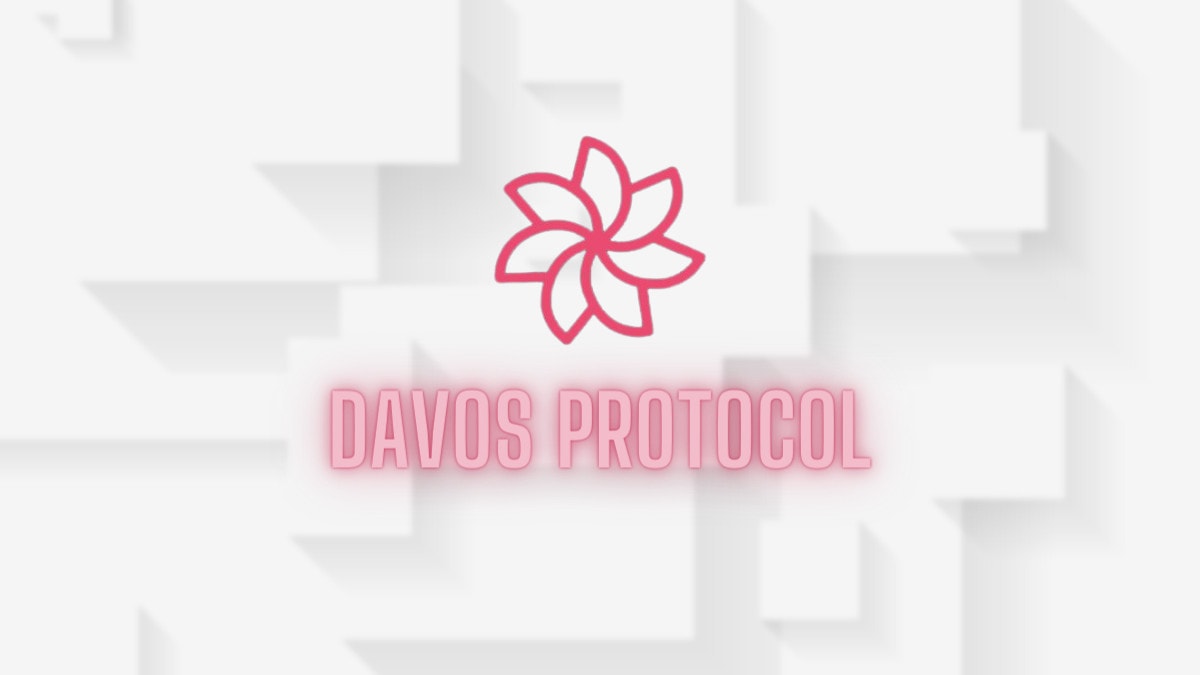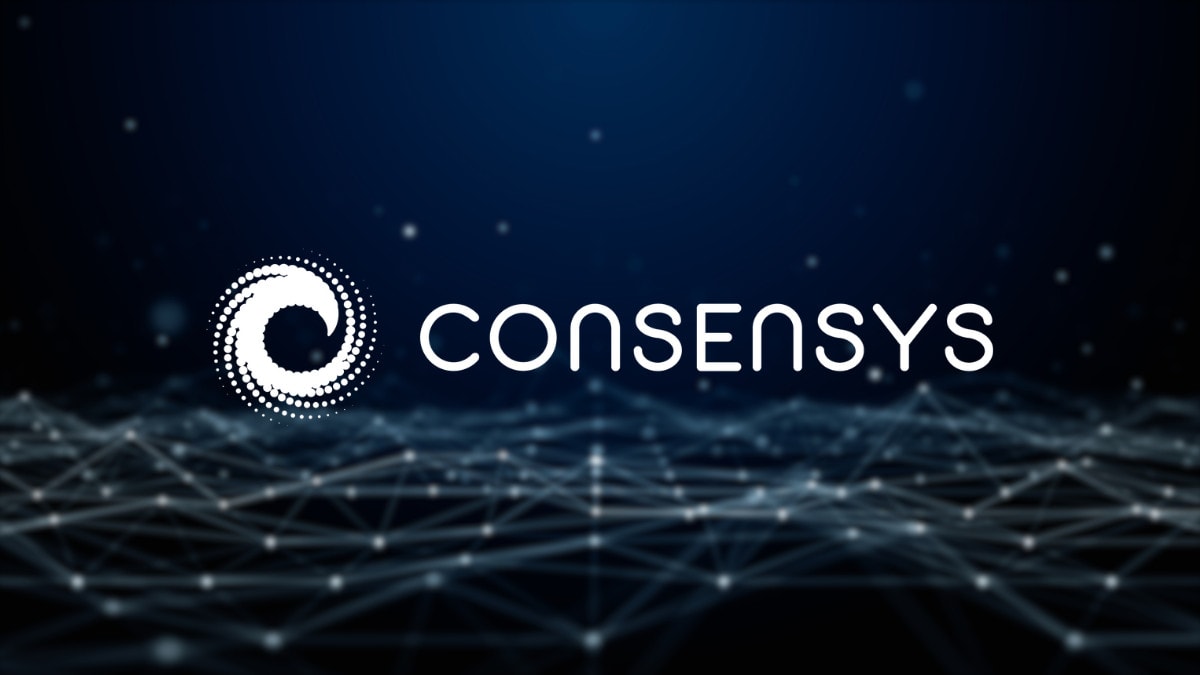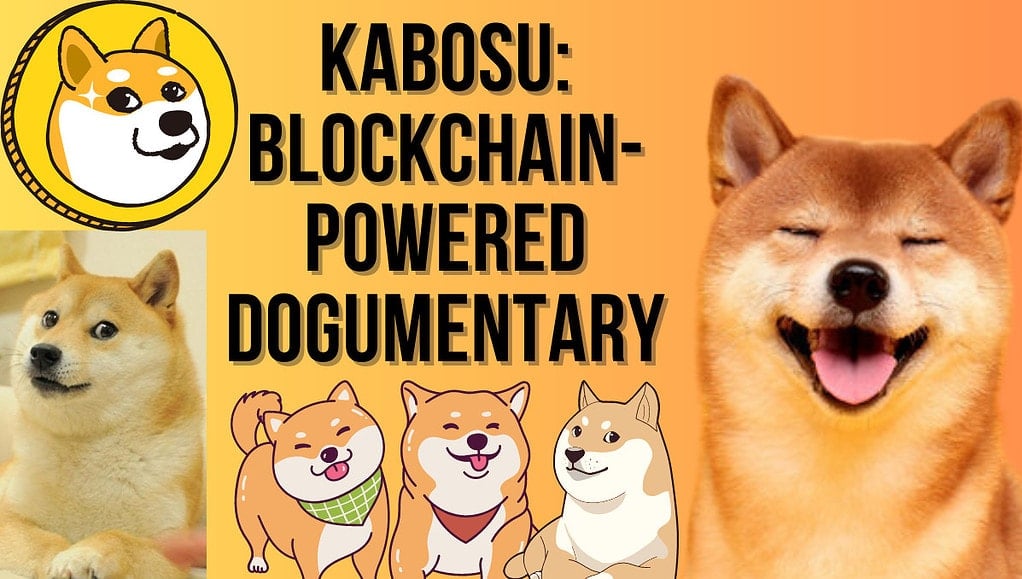ether.fi is a liquid staking protocol that is currently conducting its Early Adopter Programme. Users who staked ETH on the platform can earn bonus points, which could translate to an airdrop once the token is launched. The snapshot will be taken in mid-April, so don’t miss it!
ether.fi ($ETHFI) Airdrop Step-by-Step Guide
Here’s how to receive the $ETHFI token airdrop:
- Connect your wallet to the ether.fi mainnet.
- Stake ETH or ETH-pegged assets.
See below for more in-depth details!
What is ether.fi?
ether.fi is a decentralized staking protocol that allows users to earn rewards by delegating staking to node operators. It is unique in that it is the only liquid staking protocol where stakers keep control of their keys while delegating staking to node operators and earning rewards. Users can deposit their ETH, wstETH, rETH, cbETH, sfrxETH into their Early Adopter Programme and earn rewards.
The project’s smart contracts have been audited by reputable blockchain security firms CertiK and Zellic. They have also implemented a bug bounty program to incentivize security researchers to find vulnerabilities in their smart contracts.
Project Funding
Ether.fi has completed a $5.3 million funding round co-led by investors North Island Ventures (NIV) and Chapter One. The funding will be used to hire more engineers for the team and pursue further partnerships in addition to its current relationships with node operators such as Kiln and Finoa.
Does ether.fi Have a Token?
Yes, ether.fi is planning to launch its liquid staking derivative token $ETHFI. It will also function as a governance tool for the community.
How to Get the $ETHFI Airdrop?
As part of the ether.fi Early Adopter Programme, users who have staked ETH on the platform can earn bonus points, which could translate to an airdrop once the token is launched. The snapshot will be taken mid-April. Here’s a step-by-step guide:
- Connect Your Wallet to ether.fi
Connect your MetaMask or other supported wallets to the ether.fi mainnet. Make sure the page is on “Early Adopter”. You can see this on the top middle of the screen.
- Stake ETH or ETH-pegged Assets
You can stake ETH, rETH, cbETH, wstETH or sfrxETH on their Early Adopter Pool to earn loyalty points. The deposit amount may not be lower than 0.1. Once ether.fi is fully launched, you will be able to migrate your deposit to EtherFi staking.
Loyalty points will help boost your staking rewards when ether.fi mainnet launches on 2nd May 2023.
When ether.fi mainnet launches on 2nd May 2023, your staking rewards will be increased if you decide to stake with them and have loyalty points. There may also be a potential for extra airdrop!
Keep in mind your points will reset after each deposit. You can withdraw at any time with no penalty, but you will lose your bonus points in doing so.
Airdrop Review
When reviewing an airdrop, there are several factors to consider. First, the likelihood the project will even do an airdrop in the first place. Then, to look at how many tokens the project intends to allocate towards airdrop campaigns, as well as the difficulty in participating in their airdrop. It is also important to look at the utility of the token so that there will be an actual use and purpose in participating in the airdrop in the first place. Finally, a factor to consider when reviewing an airdrop is whether the airdropped tokens are subject to any lockup period.
Likelihood of Airdrop: ether.fi is currently conducting its Early Adopter Programme. Users who have staked ETH on the platform can earn bonus points, which could potentially convert to an airdrop upon the token’s launch.
Airdropped Token Allocation: Their tokenomics is not yet available.
Airdrop Difficulty: All you have to do is stake ETH or ETH-pegged assets on the platform. Make sure you have enough ETH to cover gas fees.
Token Utility: $ETHFI is a liquid staking derivative token which also functions as a governance tool for the protocol.
Token Lockup: Their tokenomics is not yet available.














